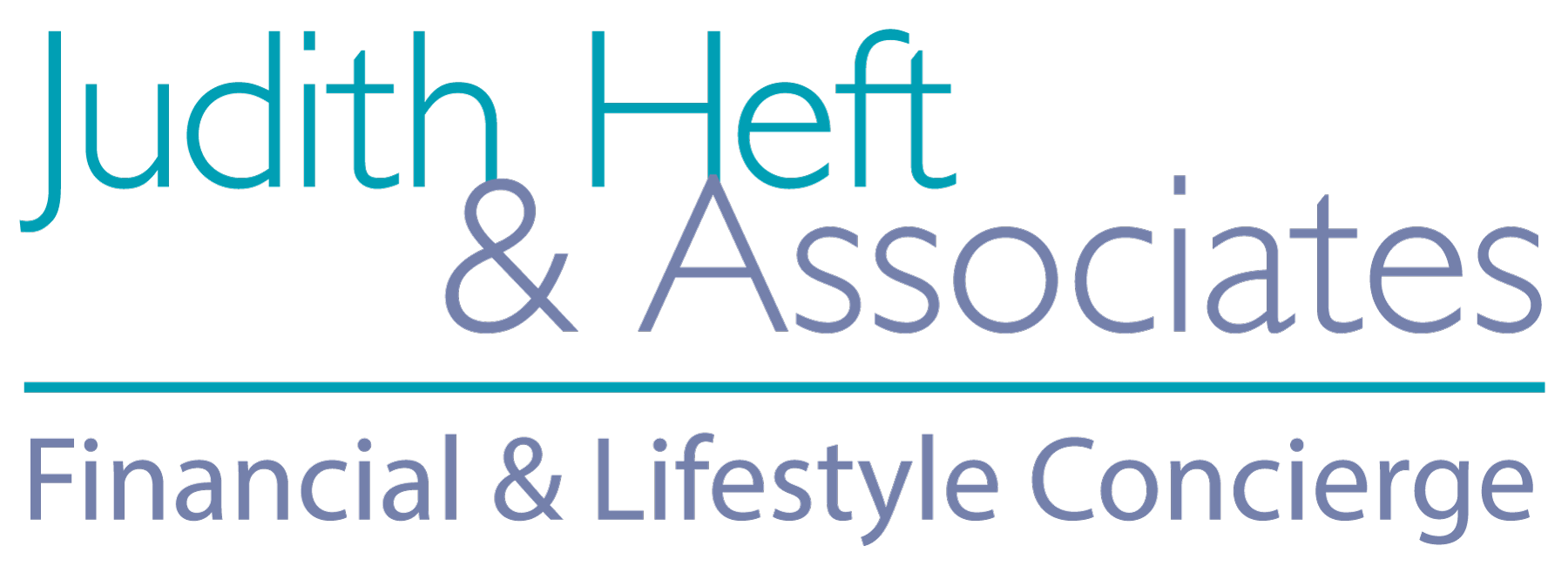When I say, “Pay yourself first!” I’m not just talking to the small business owners out there. Paying yourself first is also an option for people with W-2 employment. Rather than literally paying your salary first, it’s more of a savings philosophy mixed with a spending plan.
The idea is to take the act of saving money out of the realm of magic and aspiration — and essentially turn it into a bill that gets taken out with autodraft.
Paying yourself first doesn’t mean neglecting your other bills, which is why switching to this type of spending plan should be done with care. There’s almost no way to get around figuring out your monthly expenses — something that I know causes a lot of stress for people. As I always say, it’s amazing how that stress disappears once you start doing it.
Depending on when your pay is deposited, the next step is to time a transfer between your main account and a new one, preferably in a different bank. (Wherever you get the new account, it’s probably a good practice not to keep the debit card in your wallet.)
Saving a lump sum every pay period like this will spare you a lot of work trying to figure out which of your expenses to cut back on. It’s a top-down approach rather than a high-maintenance, bottom-up method that requires a lot of math. In fact, pay-yourself-first budgeting is especially useful if you’re not good at detailed things like tracking lattes on spreadsheets.
As easy as this method is, there’s no shame in hiring a professional to help you figure yourself out. Financially, that is. At JHA, we can just get you the numbers you need, or help to change your money mindset in a more long-term setting. Contact us for a consultation!


Recent Comments